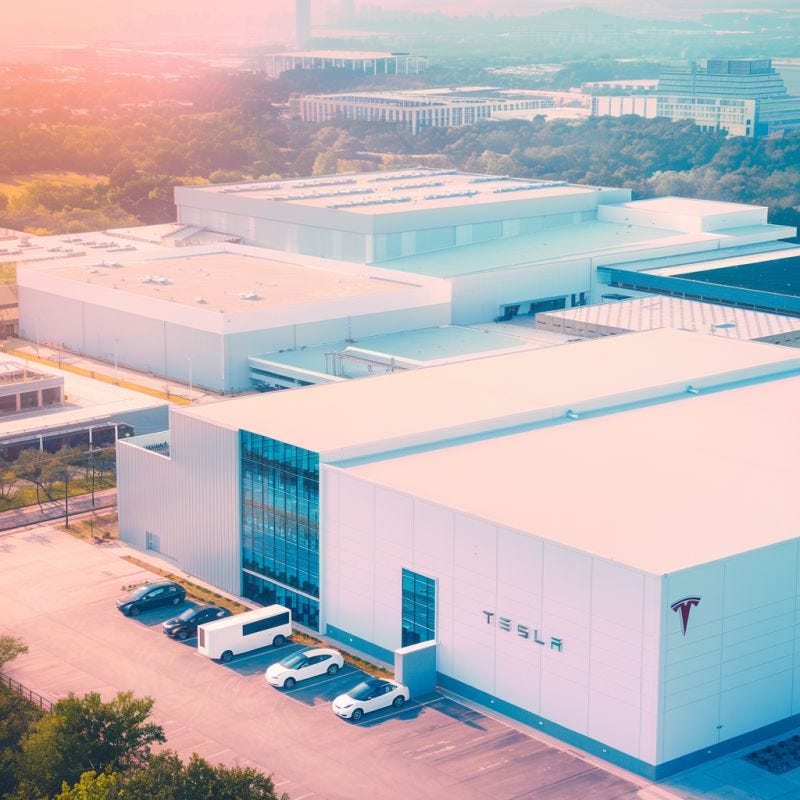Tesla’s latest AI milestone is a game-changer...
But not for the reasons you think.
With the deployment of 50,000 NVIDIA H100 GPUs, Tesla now operates one of the most powerful AI training clusters in the world.
While everyone is talking about self-driving advancements, the real impact is being felt in data center infrastructure.
This isn’t just about AI.
It’s about the future of power, cooling, and network architecture.
Power Shift
Each H100 GPU consumes ~700W. That’s 35MW of power. The equivalent of a small city. Scaling AI at this level forces a complete rethink of energy procurement, grid reliability, and sustainable compute solutions.
Cooling Bottleneck
Traditional cooling can’t handle this density. Liquid cooling, immersion systems, and even on-site power generation are becoming non-negotiable for next-gen data centers.
Network Strain
AI workloads require ultra-low latency and high-bandwidth connectivity. Data center networking is now as critical as the chips themselves.
While companies like Meta and Microsoft are also scaling GPU clusters, Tesla’s investment is different.
Unlike cloud providers optimizing for diverse AI workloads, Tesla is laser-focused on a single, high-stakes use case: real-time autonomous driving.
But here’s where it gets even bigger.
This isn’t just Tesla’s challenge.
Every company racing to scale AI will hit these same infrastructure roadblocks.
The biggest risks to AI adoption aren’t about model performance. They’re about whether our infrastructure can keep up.
The next wave of AI breakthroughs won’t happen in labs—they’ll happen in data centers.
Are today’s data centers built for this future? Or will the AI boom expose an industry-wide scaling crisis?
#datacenters #AI

